How Your Investments Should Change as You Grow Older

Just like you adjust your diet, lifestyle, and social life as you age, your investment portfolio also needs to evolve. Every phase of life brings new financial needs and priorities. The money you need in your 20s may look very different from what you require in your 40s, and your investment strategy should reflect these changes. A long-term horizon allows you to invest more aggressively in stocks, as you have time to ride out market volatility. However, shifting towards stable investments can help preserve capital as you approach retirement or other financial goals. While this is the general consensus, you need to adopt a more comprehensive investment approach that considers factors like risk tolerance, income stability, liquidity needs, and future expenses.
A financial advisor can help tailor your investment portfolio to suit your age and goals. This article will also discuss how you can change your portfolio allocation as you age.
Below are 5 ways to ensure that your investments change and reflect your needs as you grow older:
1. Opting for high risk when you are young and high stability when you are older
One of the most common investment principles is to take on more risk when you are younger and shift toward stability as you grow older. This investment strategy works because time is on your side in your 20s and 30s, which allows you to recover from potential market downturns. As you grow older, your focus can shift to protecting your wealth rather than aggressively growing it.
Your portfolio allocation by age 20 and 30 can include more growth-oriented stocks. Since stocks have historically offered higher returns over the long run, they can be ideal for young investors. Even though they come with volatility, adding them can offer better returns over the years. You can also consider including other higher-risk assets like commodities, cryptocurrencies, or small-cap mutual funds. These investments can experience frequent highs and lows, but with decades ahead in your professional life, you have time to ride out the market cycles. While you may find losses in the short-term discouraging, some patience is advised to allow your investments to grow.
As you enter your 40s, your focus can gradually shift toward stability with some diversification. You can consider real estate. This unique asset class serves both as an investment and as a potential home purchase. Gold can also be a solid addition to your portfolio during these years. It offers a hedge against inflation and market fluctuations while offering growth. You must also maintain some stock investments to ensure continued growth, but this must be balanced with bonds and dividend-yielding stocks to ensure you have a cushion during economic downturns.
Moving into your 50s and 60s, your priority will now shift to stability and predictability. A sudden market downturn in these years can be difficult to recover from as you slowly reach the end of your career. You can increase your portfolio’s allocation to bonds, fixed-income securities, and other low-risk assets to protect your savings at this time. You can also invest in blue-chip stocks and dividend-paying companies to lower risk.
2. Reducing financial risk and increasing liquidity as your financial goals approach
As you grow older, make sure to align your portfolio’s allocation with your financial timeline. In your younger years, your financial goals may seem distant. The focus during these years is generally on wealth accumulation rather than accessibility or withdrawals. As you grow older, your long-term goals start becoming real, such as buying a house, funding your child's education, etc. It is important to shift your investment strategy at such times to ensure that your money is not only growing but also available exactly when you need it.
Consider the example of buying a house at 40. Say, from age 25, your investments were geared toward building enough wealth to help you make the purchase. This involved higher-risk investments like stocks or equity mutual funds that offered strong returns over the long term. But around the age of 38, you would have to slowly shift your focus toward liquidity. You would no longer want to risk a market downturn and reduce your funds just when you are about to make a big financial decision. At this stage, gradually moving your investments into safer and more liquid assets can be a smart move. However, you do not have to pull all your money out of the market at once. Instead, you can consider reallocating your funds to low-risk options that allow easy withdrawal while still earning reasonable returns. For example, instead of keeping your funds in volatile stocks, you could redeem your mutual funds and transfer the proceeds to a high-yield savings account. This ensures that while your money continues to grow, it remains safe and accessible for the moment you decide to make your purchase.
A similar strategy applies to other major financial goals, such as a child’s education expenses and similar financial milestones. When a goal is still years away, riskier investments can maximize growth. But as the goal nears, shifting towards cash equivalents, debt funds, or short-term fixed-income instruments can help you minimize risk while keeping your funds within reach.
SPONSORED WISERADVISOR
3. Adding new investments with changing times
Your investment strategy must evolve with financial markets to grow your wealth over time. Just as technology and industries change, so do investment opportunities. If you stick solely to traditional investments, you could miss out on high-growth potential.
People in the 1950s and 1960s had significantly different investment portfolios compared to today due to differences in financial needs, inflation, purchasing power, and overall standards of living. As times change, adapting to new investment options is not just important but essential. For example, in 1952, only 6.5 million Americans, about 4.2% of the population, owned stocks. The 401(k) had not yet been introduced and would not emerge until 1978, while Traditional IRAs did not exist until 1975. At the time, mutual funds were still gaining popularity. Exchange Traded Funds (ETFs), which are now a staple of many portfolios, were unheard of until the first one launched in 1993. Fast forward to 2009, and the creation of Bitcoin, which marked the dawn of the cryptocurrency age. However, even eight years ago, cryptocurrencies were not widely accepted as investment assets. Today, they are considered a legitimate, although volatile, asset class.
With investment options continuously evolving, your portfolio should reflect these changes. Adding new types of investments can help diversify risk, capitalize on market trends, and increase potential returns. Some of the newer asset classes that you can consider include options, such as ETFs, Real Estate Investment Trusts (REITs), Environment, Social, and Governance (ESG) funds, Cryptocurrencies, or even digital assets. While adding new investments is important, simply chasing the latest trends without considering your financial goals and risk tolerance can be risky. Not every investment is suitable for everyone, and the ideal portfolio should reflect your age, risk appetite, and financial objectives. If you are young, you may take calculated risks with emerging assets like cryptocurrencies. For mid-career investors, pre-retirees, and retirees, shifting toward stable investments like bonds, dividend stocks, or real estate can be advised to ensure financial security and consistent returns. You must also understand that not every new investment is right for everyone. Consulting a financial advisor can help you determine which options suit your age, goals, and risk appetite. Nevertheless, it is beneficial to stay informed and be adaptable to changing times to ensure your investments remain profitable as you grow older.
4. Adjusting your portfolio for capital preservation right before retirement
Your portfolio allocation must prioritize capital preservation as you approach retirement. The exact timing of retirement can vary. Some people retire at 60, while others retire at 65 or even later. Your retirement age may depend on your personal preferences, job satisfaction, and health. However, regardless of the exact age, a crucial financial shift should begin five to eight years before retirement. During this period, your focus should move from growth to security. High-risk investments may add unnecessary risk as you near retirement and preserving your wealth becomes more important in these years.
You can consider reallocating your portfolio to low-risk, stable assets, such as:
- Certificates of Deposit (CDs) that offer secure savings with fixed interest
- Money market accounts that offer liquidity with better returns than regular savings accounts
- Bonds that provide steady income with lower risk than stocks
- Dividend-paying stocks that can offer stability with regular income
If you have a 401(k), your 401(k)-asset allocation by age 50 should also reflect this shift. The same is applicable to an Individual Retirement Account (IRA). Since withdrawals typically begin at age 59.5, you must ensure that a significant portion of your portfolio is in safe, liquid assets. This way, when the time comes to start drawing down your funds, your money is readily available rather than being exposed to unpredictable market downturns.
5. Increased allocation to cash, liquid assets, and tax-advantaged investments in retirement
Your portfolio allocation in retirement should prioritize two key factors - liquidity and tax efficiency. Ensuring that your funds are readily available and that your wealth is preserved through tax-advantaged strategies can help maximize your retirement savings. After spending decades building wealth, your goal should now be to create a financially secure retirement without unnecessary losses due to poor liquidity management or excessive taxes.
However, while liquidity is crucial, it is also important to maintain some level of growth-oriented investments. Inflation does not stop in retirement, and if your portfolio is entirely invested in low-yield, fixed-income assets, you might lose your purchasing power over time. This is why a balanced approach to asset allocation is necessary.
A commonly suggested portfolio allocation by age 70 or 80 includes:
- 80% bonds and other fixed-income assets to ensure stability, predictable income, and reduced risk
- 20% stock allocation to ensure your portfolio continues to grow and combats inflation
Within this mix, you must prioritize liquid assets for easy access. Having liquid assets in retirement is crucial for covering unexpected expenses, medical emergencies, or daily essential costs. Some suitable liquid assets include:
- High-yield savings accounts for safe, high-interest savings while allowing easy withdrawals
- Money market accounts for stable yields and low risk
- Short-term bonds and CDs for stable returns while keeping your money accessible within a few months or years
You must also focus on tax-advantaged withdrawals in retirement. Minimizing taxes in retirement is just as important as managing liquidity. Some ways to ensure tax efficiency in withdrawals include:
- Roth IRA or Roth 401(k): These accounts provide tax-free income in retirement, assuming the account has met the required holding period.
- Tax-efficient withdrawals from traditional retirement accounts: You can use a strategic withdrawal plan by withdrawing from taxable accounts first, then tax-deferred accounts and Roth accounts later, to minimize your overall tax burden.
- Municipal bonds: Depending on your location, these can provide tax-free interest income.
- Health Savings Accounts (HSAs): If you have an HSA, retirement withdrawals for qualified medical expenses remain tax-free.
To conclude
Knowing how to diversify your portfolio by age ensures that your investments align with your maturing financial needs, risk appetite, and long-term goals. A well-structured portfolio adapts to your changing circumstances over time and allows you to take advantage of growth opportunities as well as focus on stability and liquidity. Proper diversification also ensures that your money is not only invested in the market but also accessible when you need it the most. As you age, it is essential to adjust your portfolio allocation to maintain financial security and ensure your wealth grows as you planned. Consulting with a financial advisor can help you make informed decisions and create a portfolio allocation strategy that best suits your financial needs.
Use the free advisor match tool to get matched with experienced financial advisors who can guide you on how to diversify your portfolio by age. Answer a few simple questions and get matched with 2 to 3 vetted financial advisors based on your requirements.








.jpg)












.jpg)
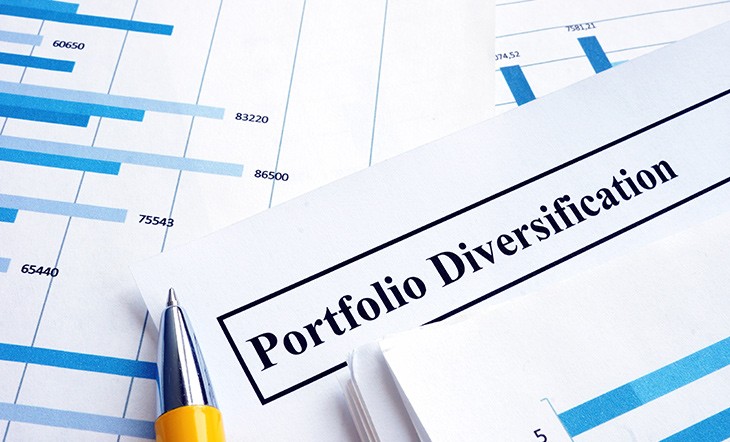





.jpg)


.jpg)


.jpg)










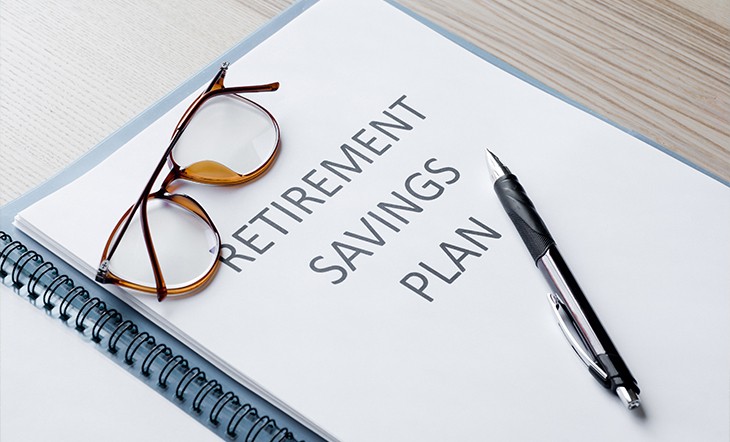



.jpg)
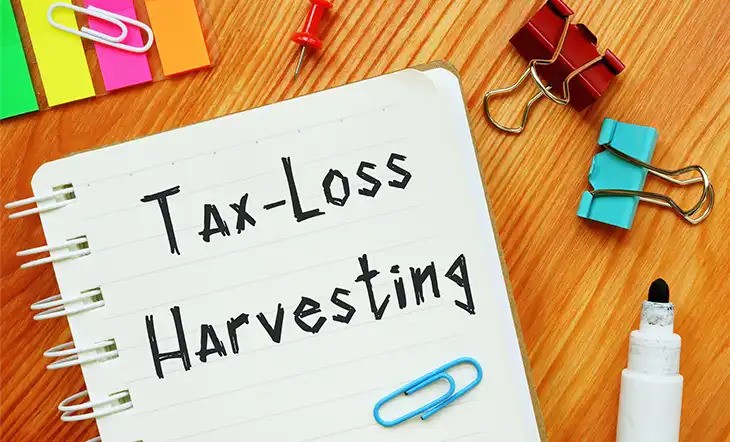



.jpg)






.jpg)

.jpg)




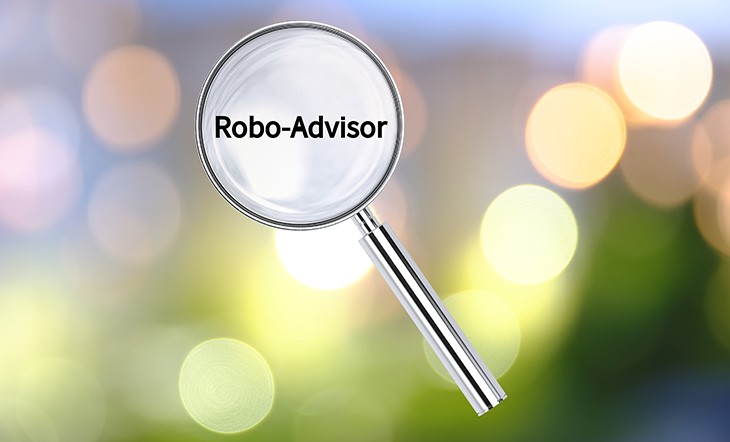


.jpg)

.jpg)






.jpg)



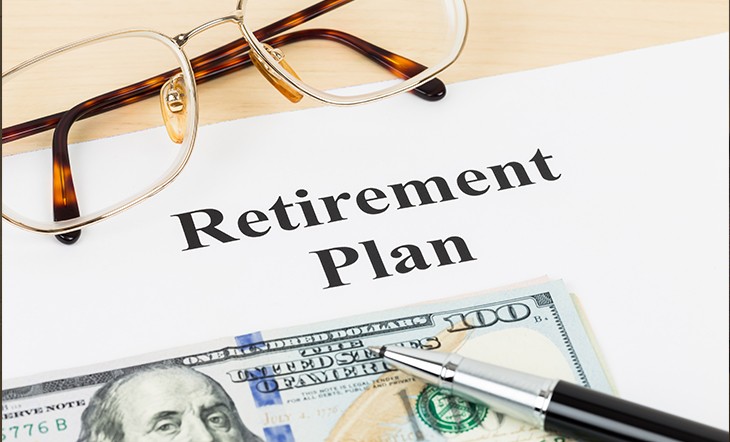
.jpg)
.jpg)

.jpg)



.jpg)





.jpg)
.png)
.jpg)

.jpg)



.jpg)





.jpg)

.jpg)


.jpg)
.jpg)
.jpg)
.jpg)

.jpg)
.jpg)



.jpg)




.jpg)
.jpg)


.jpg)
.jpg)
.jpg)
.jpg)
.jpg)

.jpg)




.jpg)
.jpg)

.jpg)

.jpg)
.jpg)
.jpg)

.jpg)

.jpg)





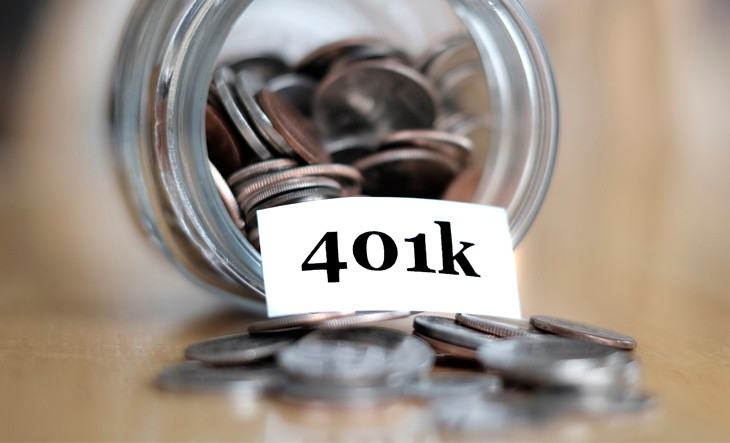






.jpg)



.jpg)

.jpg)




.jpg)











.jpg)



